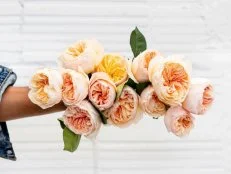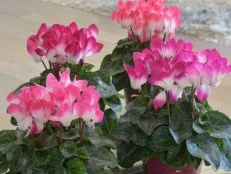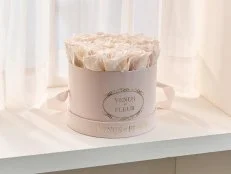6 Climbing Flowers and Vines To Up Your Gardening Game
These gorgeous climbing plants age like a fine vine. Plant one (or more) to take your garden to new heights!

Getty Images
With a little training (and a lot of pruning), climbing vines and flowers can add inimitable charm to your outdoor space. The HGTV Magazine editors are here to share what you need to know before you grow, plus their favorite upwardly-mobile blooms.
Growing Tips
- Vines attach in different ways. Some are “twiners” and will wrap themselves around supports. Others grow sticky roots that adhere to surfaces.
- You need a structure. Vines can damage siding and smother other plants, so create a special area for them to climb: a trellis, an arbor or even a pot with a tomato stake.
- They take work. Many vines need to be trained (tied to a structure by hand and trimmed frequently).
Our Favorite Climbers
Clematis
Purple is the most common color for these slow-growing perennial vines. While they’re happiest basking in the sun, the roots prefer to be cool and shady, so mulch around the plant’s base to shield it from the hot rays. (Learn more about how to care for them here.) When the flowers die in the late fall, some plants have fluffy seed heads that decorate the vine — they look great in flower arrangements!

Getty Images
Climbing Rose
This is a great addition to your yard if you’re going for an English garden look. Almost any type of rose can be trained to climb (check the label), and many will thrive in subpar soil and blazing sun. Keep them blooming year after year by pruning in the spring and deadheading older flowers as soon as they look scraggly. To see some of our favorite types of climbing roses, click here.
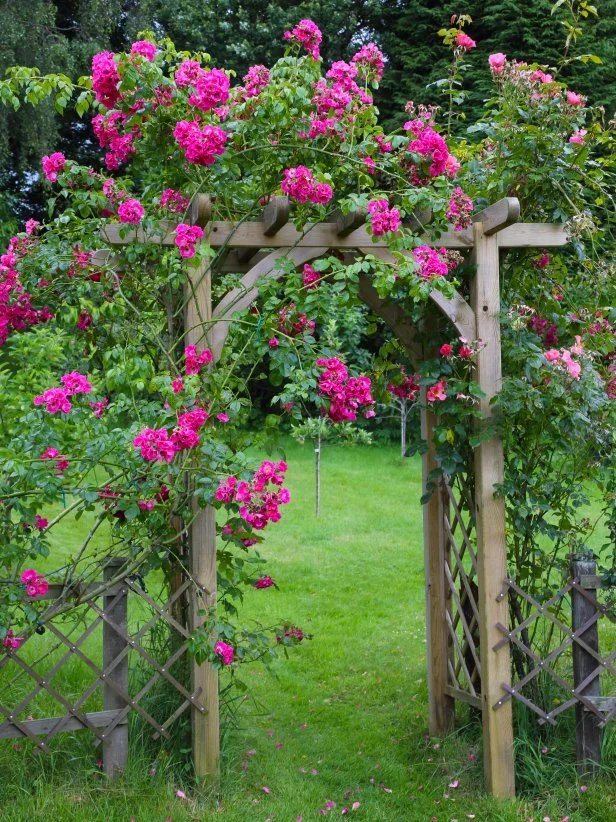
Getty Images
Virginia Creeper
This hardy vine is less aggressive than infamous climbers like English ivy, but it’s still a vigorous grower, so be prepared to trim it regularly. Otherwise, it’s an unfussy plant that attracts bees and butterflies. In fall, the leaves turn fiery shades. Take a look at these growing tips to learn more about maintaining these lovely leaves.

Getty Images
Jasmine
The smell of this pretty, white-flowered perennial can be intoxicating. It thrives in the warmth and humidity of the Southeast but can be grown as an annual in colder climates. (Make sure it’s not considered invasive where you live.) The stems are lightweight, so they’re ideal for climbing a fence. Check out these tips for growing jasmine to learn more.

Getty Images
Climbing Hydrangea
This clinging vine version of the beloved summer shrub has white petals that fade to pink. Don’t expect the vines to look lush overnight: Once they’re established, they’ll bloom annually but take years to spread. Eventually, though, they can soar 50 feet tall. If you’re using a trellis, make sure it can handle the weight.
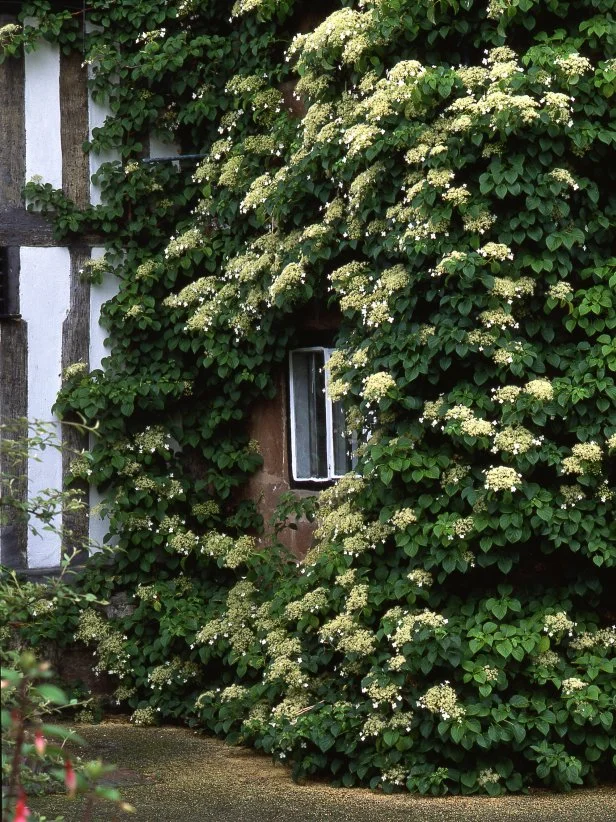
Getty Images
Nasturtium
If you want to cover a lot of space quickly, go with these annuals. They’re fast growers that can be trained to climb upward if they’re gently tied to a trellis or other structure. Because the bright flowers can tolerate some hot, dry weather, they can grow in areas where other plants might wither. Bonus: You can eat the blooms! Learn more about how to care for this amazing annual with these tips.

Getty Images
More Gardening Ideas From HGTV Magazine
4 Clever Container Garden Combos to Try
You don’t need a big yard to grow your dream garden — just a big planter.
These Front Yards Don't Need Water
In these eco-friendly scapes, the grass is gone for good!
































.jpg.rend.hgtvcom.196.196.suffix/1738869041672.jpeg)







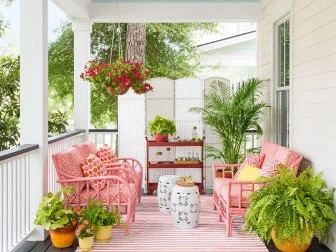









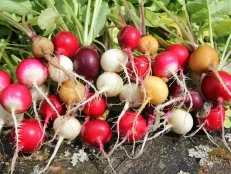



.jpg.rend.hgtvcom.231.174.85.suffix/1738869041672.webp)








